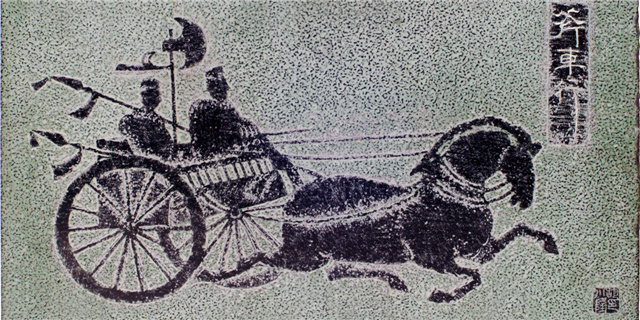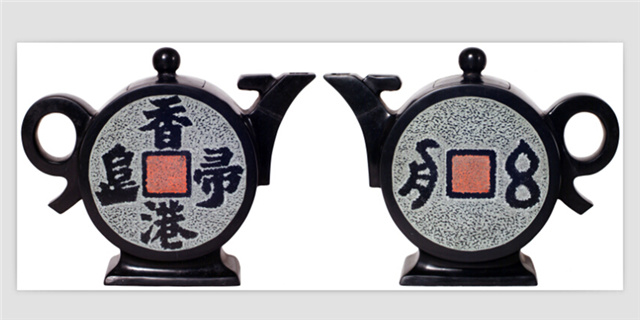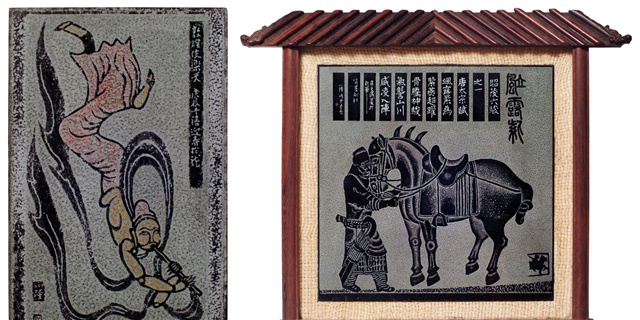Ink-like Stone Inscription
Inscription is an ancient carving art. Ink-like stone inscription means using a graver to show the ink charm of painting and calligraphy on stone. In 2007, ink-like stone inscription was listed by Xuhui District People’s Government in the list of the first batch of District-level Intangible Cultural Heritage in Xuhui District. Stone inscription means engraving characters on stone. Its finished product was called “inscription stone” during the Qin dynasty and “tablet” after the Han dynasty. Ink-like stone inscription inherited the portrayal custom of the Han dynasty and the skills of bamboo skin engraving of Jiading, Shanghai, and fused them. The main material for ink-like stone inscription is Anhui Lingbi stone, a kind of marble, which is delicate and has the color of black crystal. The engraving methods are dominated by rilievo, highlighting the ink charm of inscriptions on bones or tortoise shells, inscriptions on ancient bronze objects, numismatics, eaves tiles, Han stone portraits, tablets, seals and other traditional Chinese painting and calligraphy forms as well as the graver taste of rubbings. The delicate stone inscription integrates calligraphy, painting and stone, forming a unique formative art. Ink-like stone inscription combines pure black marble and bronze texture with painting and calligraphy, forming a strong color difference and three-dimensional sense, enabling people to appreciate the elegance of fusing ancient and modern arts. Its largest characteristic is that a graver can be used to show the ink charm of painting and calligraphy as well as the rubbing transferring effect of Chinese art paper on stone. A writing brush with ink can display ink tone gradation of calligraphy on Chinese art paper, while ink-like stone inscription can show ink tone gradation of character engraving paintings on black stones such as solid ink-colored Lingbi stone.




